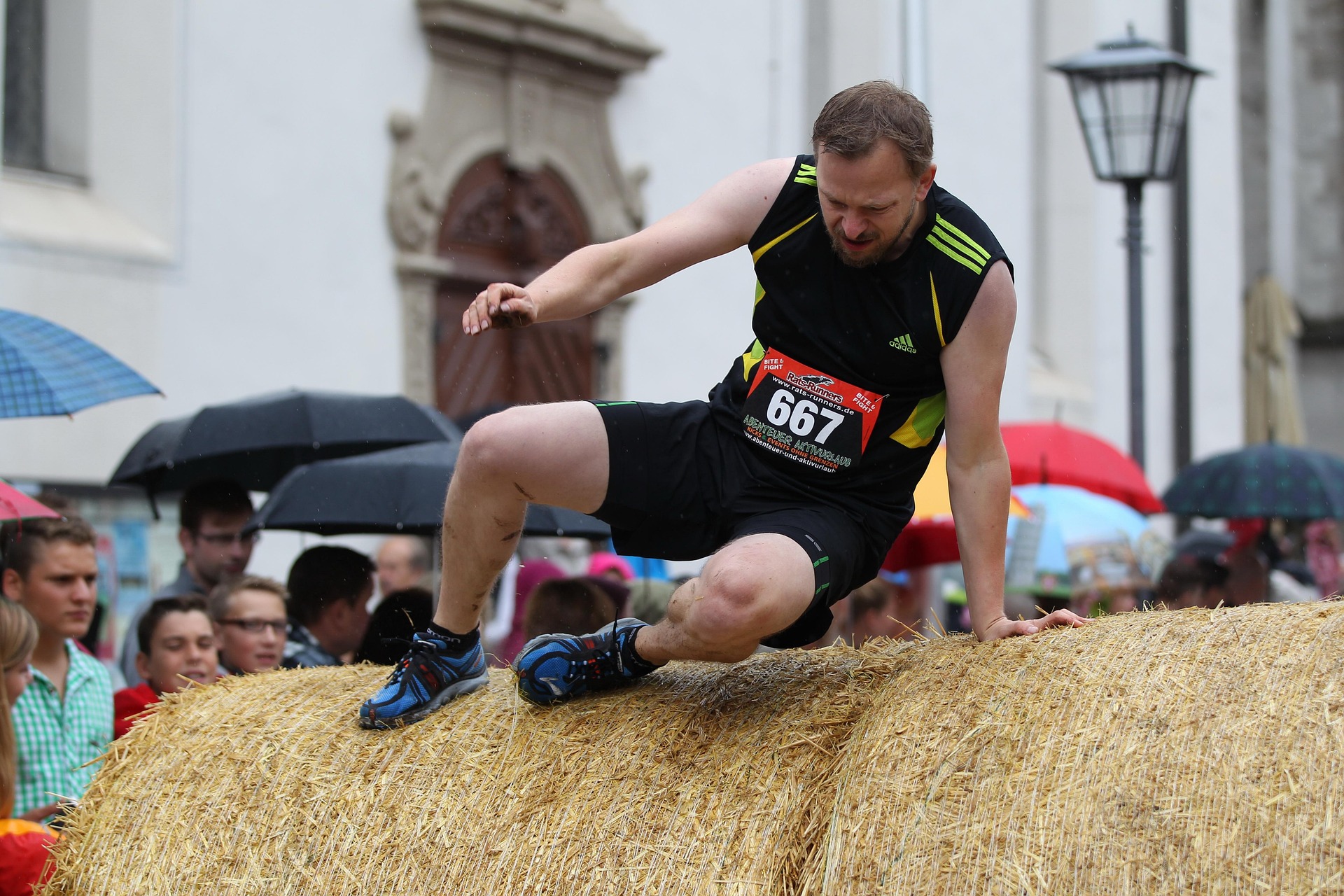Breaking Down the Game of Jai Alai: The World’s Fastest Sport
Jai Alai is a sport that has roots dating back centuries, yet remains relatively unknown in the modern sports world. A complex game with a distinct cultural heritage, it is known for its speed, power, and unique equipment. This article will delve into the captivating world of Jai Alai, offering an in-depth look at its history, current trends, and the challenges and benefits it presents to its players.
The Origins and Evolution of Jai Alai
Jai Alai, translated as “joyful festival” in the Basque language, traces its origins to the Basque region of Spain. It began as a handball game played against church walls, eventually evolving into a professional sport with a specialized court, or “fronton”, and unique equipment. The fast-paced game gained popularity in the 19th century, reaching its peak in the mid-20th century, particularly in Florida, where it was introduced as a betting sport.
Understanding the Intricacies of the Game
The mechanics of Jai Alai involve launching a ball against a wall using a curved basket, or “cesta”, attached to the player’s hand. The ball, or “pelota”, is the fastest in any sport, reaching speeds of up to 188 miles per hour. The game requires a combination of agility, speed, and strategic thinking, making it both challenging and exciting to play and watch.
Current Trends in Jai Alai
The popularity of Jai Alai has been waning in recent years, primarily due to changes in gambling laws and competition from other sports. However, there’s been a resurgence of interest in the game, especially in its birthplace, the Basque Country. Efforts are underway to revitalize the sport, with grassroots initiatives focusing on youth engagement and the promotion of Jai Alai as a vibrant part of Basque cultural heritage.
The Benefits and Challenges of Playing Jai Alai
Playing Jai Alai offers several benefits, including improved hand-eye coordination, agility, and cardiovascular fitness. It also fosters strategic thinking, as players must anticipate their opponents’ moves and react quickly. However, the sport’s high-speed nature also presents significant challenges, including a high risk of injury and the need for specialized training to master the use of the cesta.
Future Perspectives for Jai Alai
The future of Jai Alai is uncertain, but it holds potential for growth, especially with the current trend of rediscovering traditional sports. This revitalization is not just about preserving cultural heritage, but also about recognizing the unique aspects of the game that make it a fascinating sport. As more people discover Jai Alai, it’s possible that this ancient game will find its place in the modern sports arena.
In conclusion, Jai Alai is a sport with a rich history and a unique set of challenges and rewards. Its blend of speed, strategy, and cultural significance make it an intriguing subject for sports enthusiasts. By understanding the history, mechanics, and current trends of Jai Alai, we can appreciate its place in the sports world and anticipate its potential future growth.





